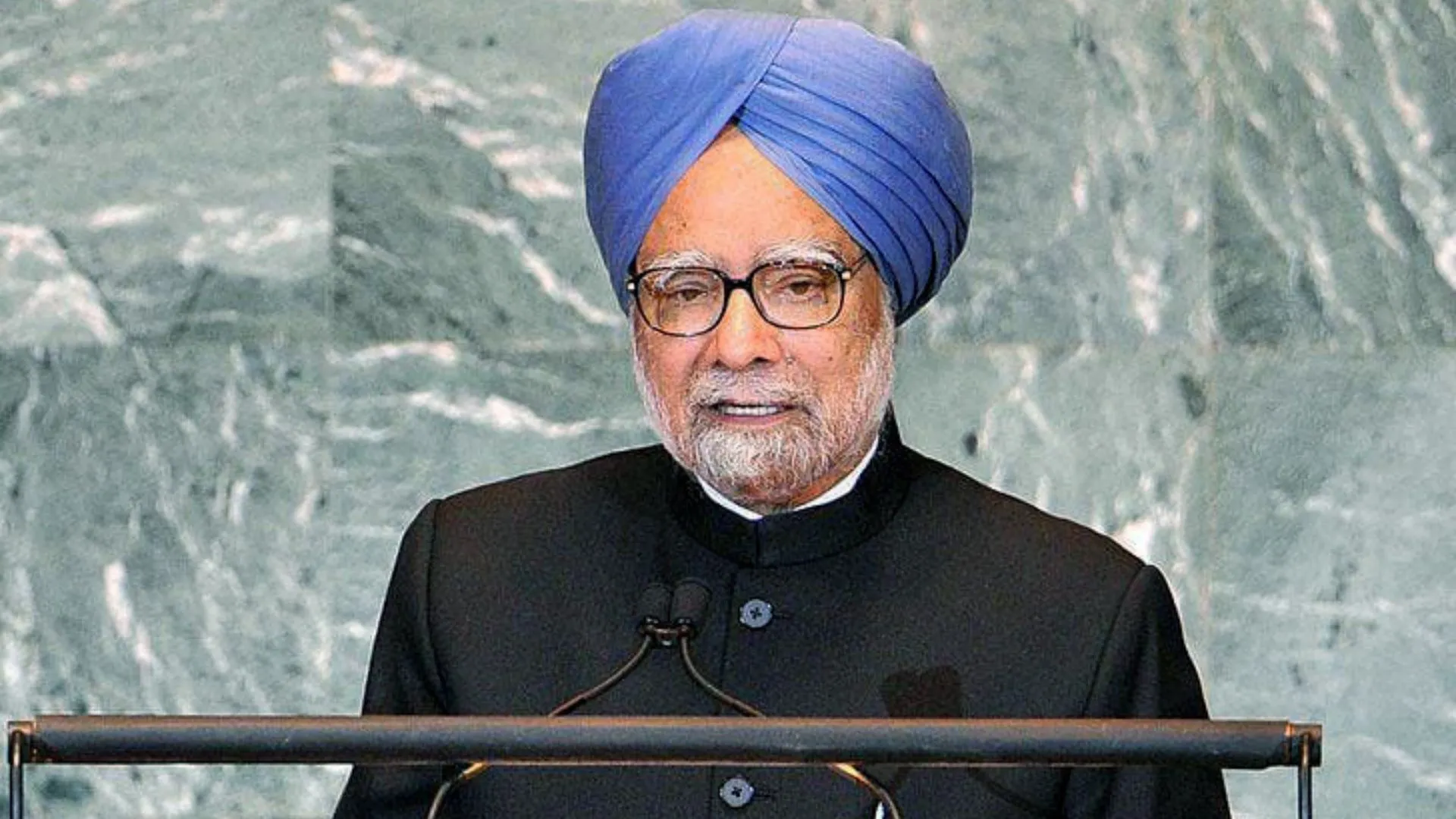With the rapid rise in internet use in India, the incidents of online frauds/ scams/ cheating has also seen a spurt. Identity theft, social engineering, phishing, skimming, QR code fraud, OTP fraud, frauds using NFC technology, fake cashback links, UPI fraud, etc have now become the buzz words. Fraudsters and scammers are now using advanced and unique techniques to scam and commit fraud, thereby hurting people financially and erode trust. Fraudsters’ agility makes it challenging for authorities to keep up, with even the Prime Minister warning against scams like “digital arrest” fraud. Media reports suggest that online fraud is now a significant concern, leaving people vulnerable to scams at any time.
The Government has taken several steps to generate awareness/ alerts/ advisories through print, audio and visual medium and put in place various mechanisms to deal with cyber crimes in a comprehensive and coordinated manner. It culminated with the setting up of the ‘Indian Cyber Crime Coordination Centre’ (I4C).
The initiatives of the Government is only a half-job done, it has to be supplemented by the efforts of the general citizens. Sifting through the Comprehensive Annual Modular Survey (CAMS) from the NSS 79th round (2022-23) reveals intriguing results.
Rural–urban dichotomy, age-divide persist
Analysing the unit level data reveals that there has been a huge upsurge in the number of persons who are able to use smart phones, desktops, laptops, tablets. Such persons (aged 15 years and above) accounted for about 58.9 percent, with 73.2 percent of them residing in urban areas and 52.6 percent in the rural areas. It is obvious that the younger persons form the largest groups of such individuals, both in the rural and urban areas.
But an altogether different picture is seen when it comes to taking precautionary steps to keep themselves safe online. Data shows that only 21.7 percent of persons aged 15 years and above took steps like “setting up effective security measures to protect devices and online accounts (like strong passwords, log-in attempt notification etc)” – it is 29.8 percent in urban areas and only 16.7 percent in rural areas.
When it comes to “changing privacy settings on device, account or app to limit the sharing of personal data and information”, on average only about 21.3 percent of persons have done so – it is 29.5 percent in urban areas and only 16.2 percent in rural areas.
On average, only about 19.6 percent carry out some sort of “verification about the reliability of online information” – it is 27.8 percent in urban areas and only 14.6 percent in rural areas.

Across the board, it is seen that the younger individuals are far more aware and took some precautionary steps as compared to the older persons.
The situation is even more concerning among those aged 60 and above, with only 0.3 percent of the rural population and 3.5 percent in urban areas adopting all three protection measures. In the youngest age group, 14.2 percent of people in rural areas and 30.3 percent in urban areas used all three online protection steps.
Overall, the age-divide is all too obvious, but it is without solace when even amongst the younger lot more than 80 percent of them did not prefer to take any steps to guard and protect themselves. The notion that only elder persons are susceptible to frauds and scams is only a figment of imagination when devices in the hands of the younger population are equally vulnerable.
Male – female gap abounds
Data shows that about 66.3 percent of males and 51.3 percent of females (aged 15 years and above) are able to use smart phones, desktops, laptops, tablets. It is the younger population (both amongst males and females) who form the largest groups of such individuals.
Data further shows that 25.4 percent of males aged 15 years and above took steps like “setting up effective security measures to protect devices and online accounts” – it is far less at 16.8 percent amongst females.
On average, about 24.8 percent of males have taken steps by “changing privacy settings on device, account or app to limit the sharing of personal data and information” – it is only 16.6 percent amongst females.
Further, on average, about 22.9 percent of the males carry out some sort of “verification about the reliability of online information” – it is only 15.2 percent amongst females.
Gender-wise, it is seen that males are more proactive in taking several steps to protect themselves online. At the other end are the older females who are prone to leave their devices vulnerable. Data reveals that a mere 0.5 percent of females aged 60 and above have taken all three online protection steps, while this figure is 2 percent for males in the same age bracket. Among the younger age group of 15-25 years, 22.4 percent of males use all three protective measures, outnumbering their female counterparts (14.7 percent).
Greater awareness and wider adoption of precautionary steps
Fraudsters and scammers are deploying sophisticated technologies along with techniques to exploit the psyche of the targeted individuals. While Government should strengthen the detection, investigation and prosecution of cyber and online frauds, there is also a need for spreading awareness among the general public. Not only that individuals have to take steps to guard themselves, more reporting of frauds and scams should also be encouraged.
(Views and opinions expressed in this article are personal)
Dr. Palash Baruah is Fellow at National Council of Applied Economic Research (NCAER), New Delhi and Mr. D. L. Wankhar is a retired officer of the Government of India.














